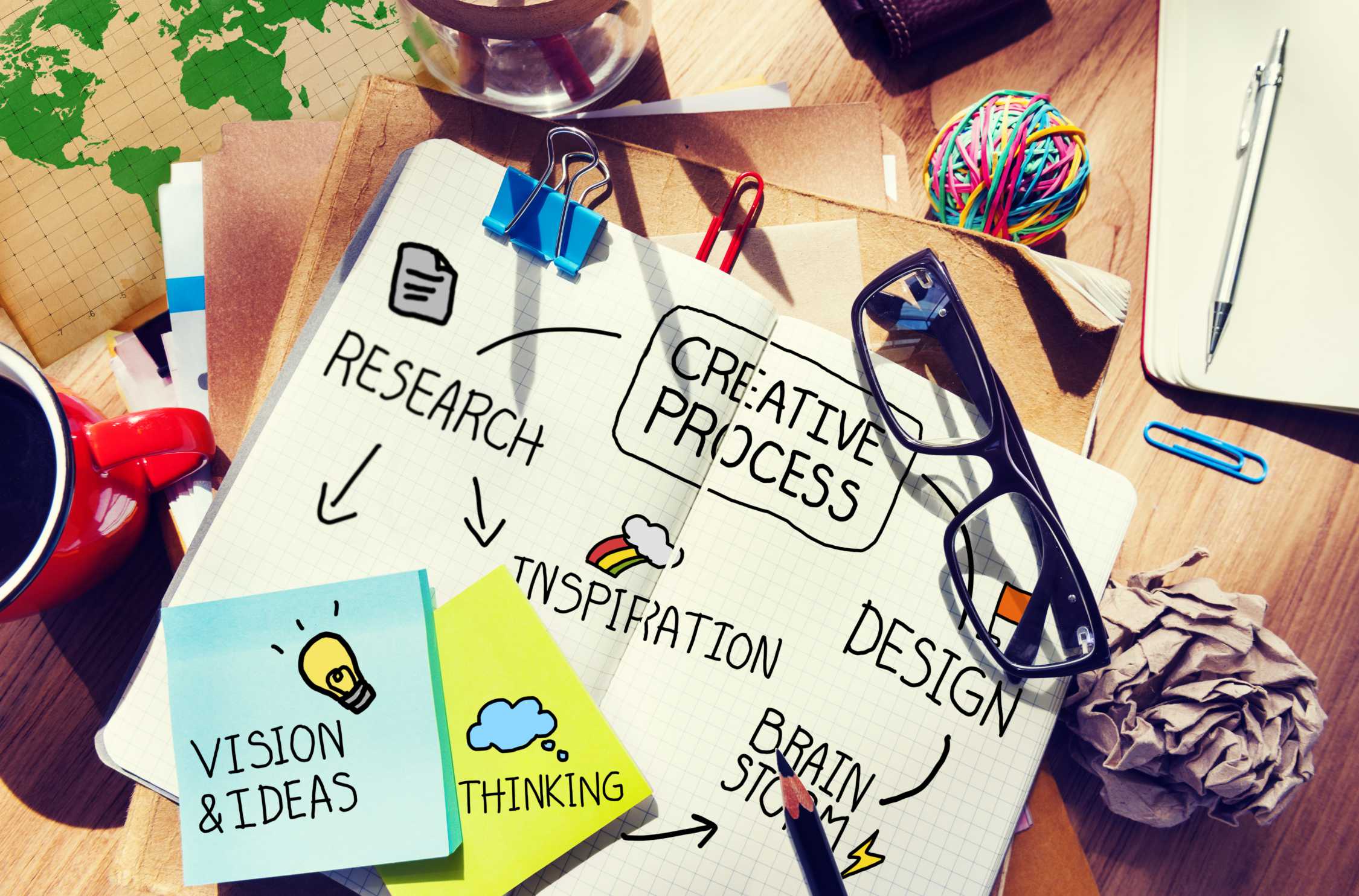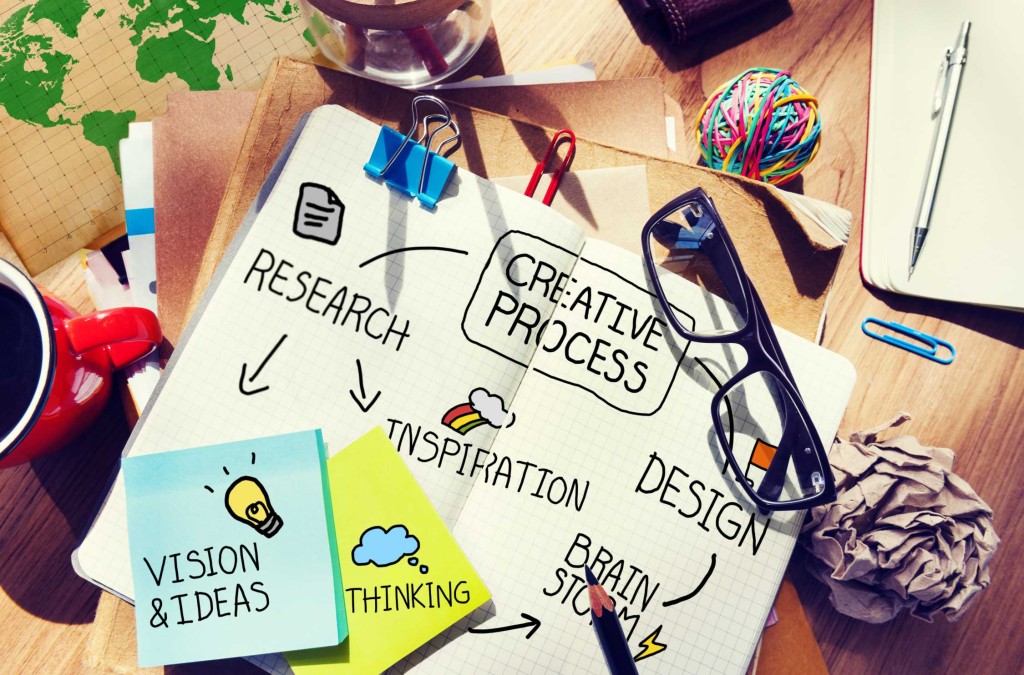Good Graphic Design: the Secret Ingredient in Visual Communication

 Communicating via visual means is central to the selling process. Imagine trying to explain your product or service without having the assistance of a brochure, a display ad or a web site. Think how difficult it would be to differentiate your product from others on the shelf without attractive packaging. All buying decisions include some amount of emotion – how would you quickly evoke emotion without the assistance of images?
Communicating via visual means is central to the selling process. Imagine trying to explain your product or service without having the assistance of a brochure, a display ad or a web site. Think how difficult it would be to differentiate your product from others on the shelf without attractive packaging. All buying decisions include some amount of emotion – how would you quickly evoke emotion without the assistance of images?
Visual communication is a process that uses investigation, analysis and planning to identify a communication requirement as a first step in designing something meant to be seen rather than heard or felt. Visual communication is a broad discipline that uses graphic design, drawing, illustration, typography and color to convey a thought, to inform, to educate or to persuade a target audience.
You may have heard us use the term graphic design when discussing a marketing or sales-related printed piece, creating or refreshing a logo, or updating a web site. What we mean by this is all the techniques, from composition to page layout, that are needed to prepare for the final step – printing, taking a web site live, branding, etc.
Graphic design as a discipline
Graphic design combines words, images and symbols into a coordinated whole that communicates to an audience. Graphic design can mean both the process of designing and the finished product. Here are some of the tools of graphic design:
- Lines direct the reader to points of interest, create shapes and forms, and divide space into sections.
- Color attracts attention and evokes emotion.
- Typography creates emphasis and contrast.
- Images and photographs convey meaning and bring forth emotion.
- Symbols represent ideas or concepts.
- White space separates elements so they are easier to read and provides the eyes with a brief rest.
- Grids and templates provide underlying structure and organization.
A layout refers to how these elements are arranged to convey the message. An effective layout uses a grid or template to organize the lines, color, typography, symbols, images and photographs into a visually pleasing whole.
The layout influences how much time the reader initially invests in the communication vehicle (i.e., whether to continue reading, save for later reading, or discard) and controls the order in which the reader moves around on the page, column or panel. An effective layout quickly captures the reader’s attention and leads him through a series of steps to understand the message and what action to take next.
Preparing for graphic design
Graphic design is not the starting point for visual communication. Rather, it is a subsequent step after investigation, analysis, planning and organization.
In past issues of our newsletter we’ve stressed the importance of thoroughly preparing before sitting down at the computer to begin layout. Until you are clear on the purpose of the marketing and sales material, the web site, or the display ad; until you have defined the target audience and determined the message; until you have investigated the communication preferences of the target audience; you won’t have enough information to be sure your communication hits the mark.
With the purpose of the visual communication in mind and a thorough understanding of the message and its intended audience, you are ready to select and assemble the images, photographs, symbols and text and to select the color palette. Now is when technical knowledge of the visual communication media – print or multimedia; small or large format – is critical. Technical issues include:
Color space. Color space is the color model and color mapping information that uses mathematics to describe the way colors are represented. The color model used in print is CMYK where the colors are created using the primary colors of pigment (cyan, magenta, yellow and black, represented as K). Web sites and the Internet use an RGB color model where the colors are created using red, green and blue glowing phosphors. When represented mathematically in three dimensions (x, y and z axis), the RGB and CMYK color spaces do not match exactly. This means that some colors produced with RGB cannot be matched in the CMYK color space.
Image resolution. Resolution measures how sharply an image is rendered and is expressed as the total number of pixels (picture elements) or dots per inch that make up the image. Computer screens render images well with a very low resolution (72 to 92 pixels per inch); printed images require a minimum resolution of 150 dots per inch at image size.
Fonts. Fonts used on web sites will only render correctly if the font is installed on the viewing computer screen. This severely limits font selection for multimedia presentations but is not an issue for print.
Background color. Readability for print is best when there is high contrast between the background color and the type. This generally means a light background with a contrasting, darker type. For multimedia, readability is enhanced when text and images are reversed out of a solid color background.
The art of graphic design
Graphic design is a combination of technical skills and artistic creation. A type of commercial art, graphic design differs from fine art mainly in its purpose: to convey a message to an intended audience.
Graphic design shares with fine art many principles of design including balance, emphasis, movement, rhythm, contrast, proportion and unity. These principles, when combined with planning and technical knowledge of print and multimedia, results in marketing materials, sales collateral and cross media promotional materials that convey an advertising message in a visually pleasing manner.
Let us show you the difference good graphic design can make. Select a brochure or sell sheet whose information needs to be updated and let us redesign it using the principles of graphic design. We predict you’ll be impressed with the results. For more information and a quotation, contact us.
